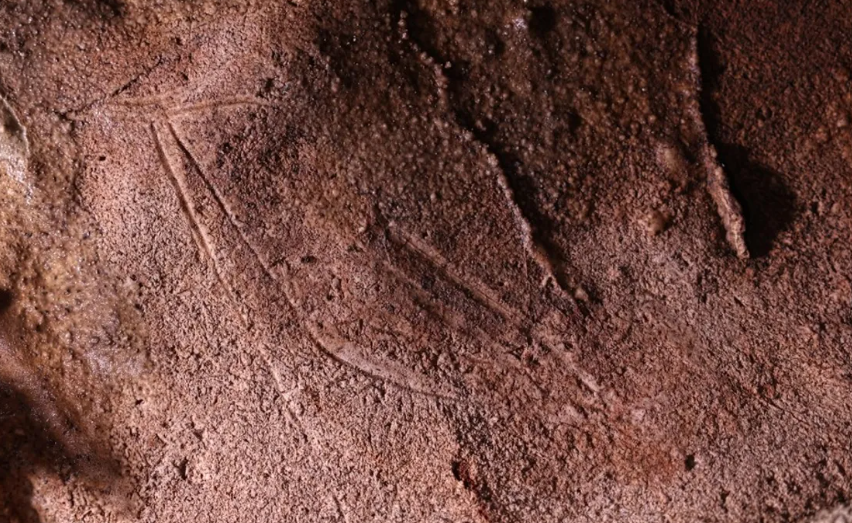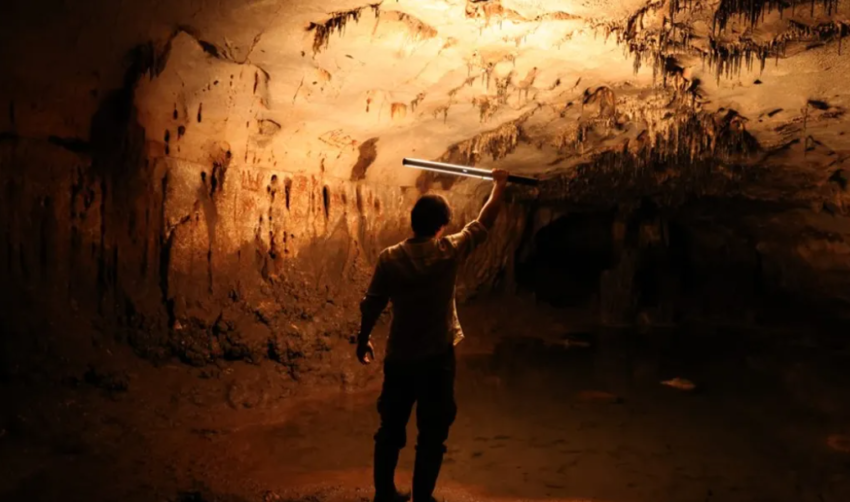An unprecedented 24,000 year old Paleolithic art temple has been found in a cave in the Valencia region of Spain.
This Paleolithic art temple is the largest collection of prehistoric cave art in eastern Iberia. A range of techniques not seen in other cave art sites were used here. This extensive series of more than 100 engravings and paintings features at least 19 different animals and dates back more than 24,000 years.
The ancient artworks, which were discovered in a cave called Cova Dones, are remarkable in a number of ways, and archaeologists were surprised by their unanticipated location. Only three instances of Pleistocene cave art had ever been uncovered in eastern Spain before this find, with the great majority being situated in the country’s north and across the Pyrenees into France.
Cova Dones, a popular hiking and caving destination in the Millares municipality, has long been known to locals. However, it wasn’t until June 2021 that scientists became aware of the amazing murals that grace the cave’s walls. According to the team’s statement published in the journal Antiquity, “further work in 2023 allowed us to identify the site as a major Palaeolithic art sanctuary, given the quantity and variety of motifs and the richness and detail of its technical features.”
More than 110 graphic units have so far been located, with the primary decorated section being located some 400 meters (1,312 feet) inside the cave. At least 19 different animals, including seven horses, seven female red deer, two aurochs, a stag, and two unidentified species, have been identified in these drawings, according to the experts.



The remaining graphics are composed of “conventional signs,” such as rectangles and other shapes, as well as “macaroni,” which are markings that resemble tubes. Researchers claim that the ancient artists used a surprising variety of techniques and abilities, sometimes scraping off limestone precipitate off the surface of the walls to form shaded figures. That this method is uncommon in Palaeolithic cave art and was previously unheard of in eastern Iberia.
The majority of the paintings in Cova Dones were made by adding red clay to the walls, which is equally astounding. The use of clay in prehistoric cave paintings was a very unexpected discovery because typically, diluted ochre or manganese powder were used to create them.
The authors, that it is impossible to establish the date of the artworks with certainty. However, several characteristics of the cave walls do offer some indications as to when the drawings may have been made.
Most significantly, the presence of claw marks from cave bears helps to date some of the engravings. The fact that some of the etched images are covered by these scratches shows that the animal responsible entered the cave after the artists had finished their work.
The researchers conclude that at least some of the rock art must be older than 24,000 years based on the dating for the demise of the cave bear.
